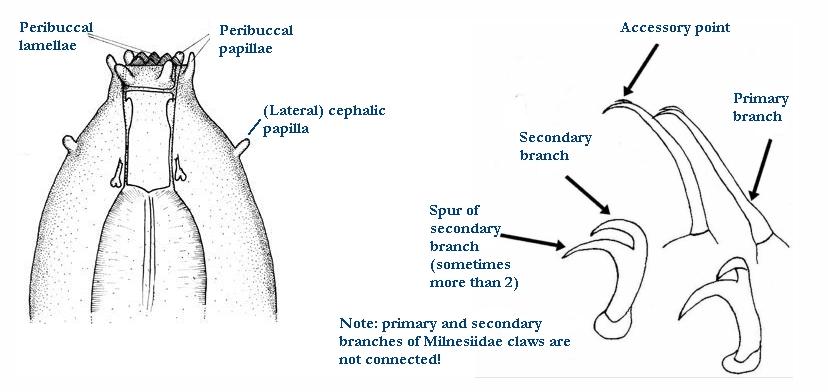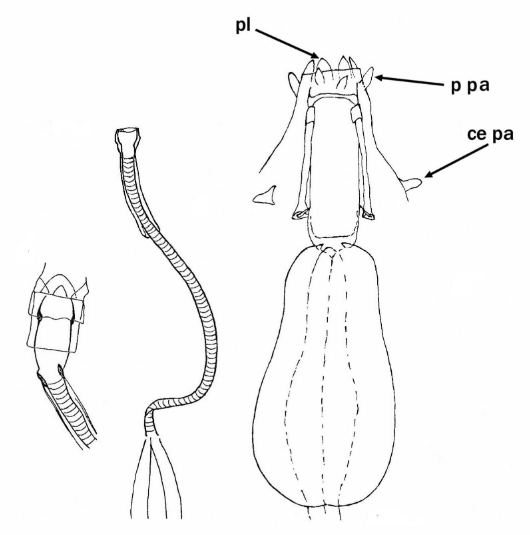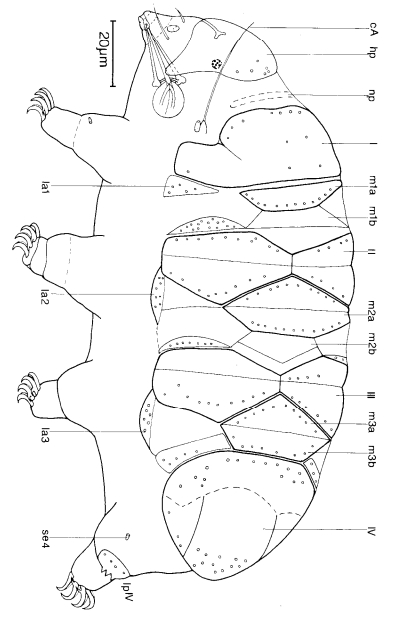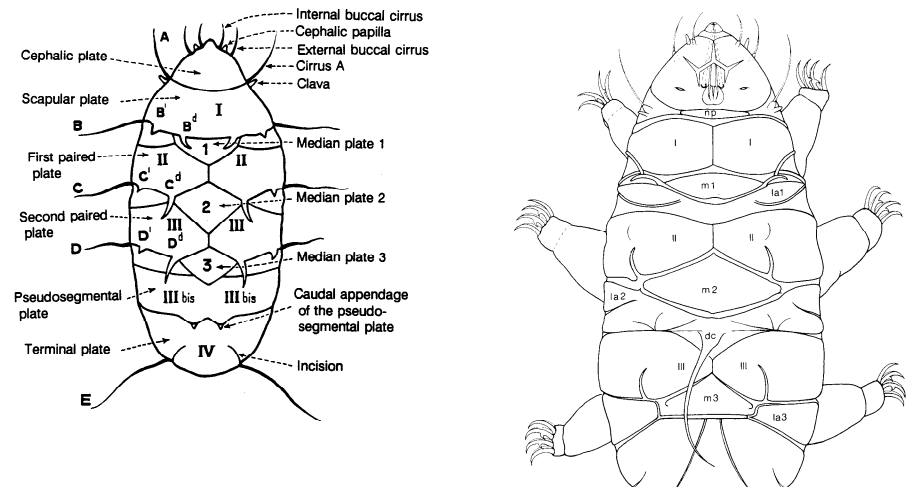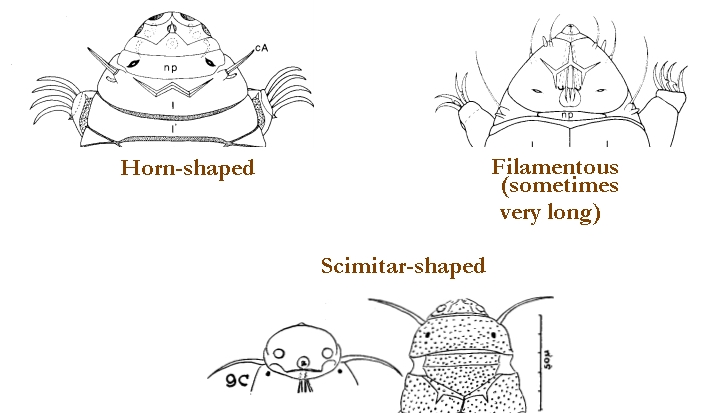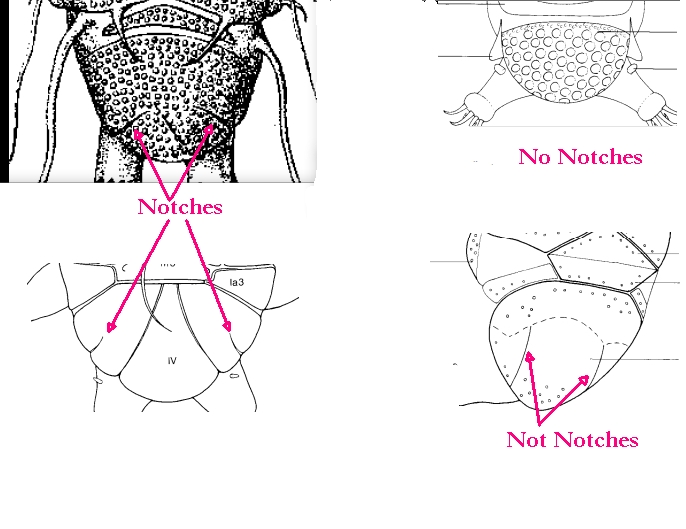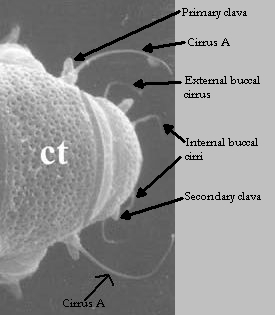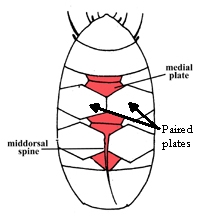Mesocrista
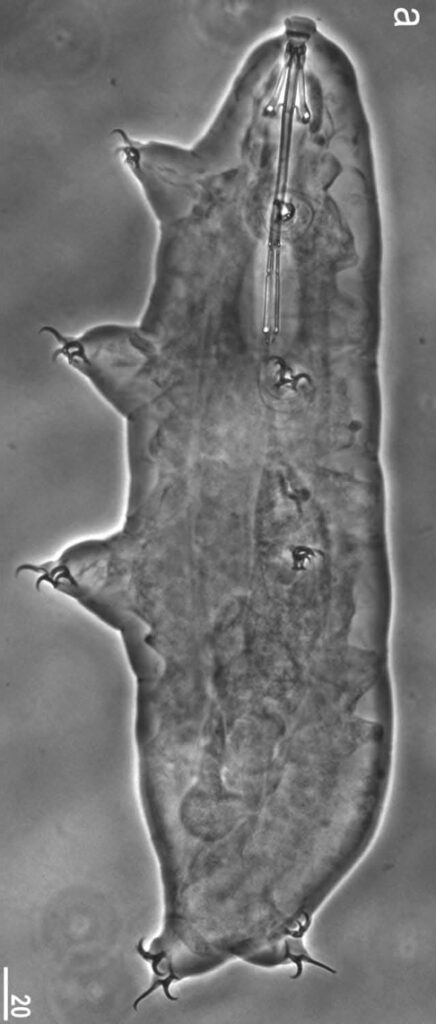
Genus description from Pilato 1987: “The bucco-pharyngeal apparatus is of the Diphascon model with the apophyses for the insertion of the muscles of the stylets in the shape of ‘wide and flat ridges’; they are symmetrical with respect to the frontal plane and with the caudal processes well developed and pointing backwards and sideways; the furcae have […]
Parascon
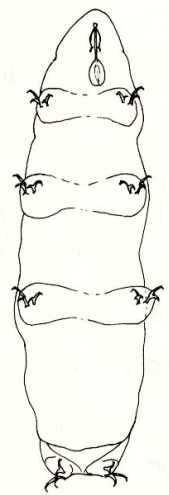
Genus description from Pilato & Binda 1987: “Unghie di tipo Hypsibius. L’apparato bucco-faringeo, sprovvisto di sbarretta di rinforzo, non è del tipico modello Diphascon perché il tubo è rigido per tutta la sua lunghezza e non suddiviso in una porzione anteriore rigida ed una posteriore flessibile, e la porzione posteriore ai supporti degli stiletti è sprovvista di ispessimento […]
Platicrista

Genus description from Pilato 1987: “The bucco-pharyngeal apparatus is of the Diphascon model with the apophyses for the insertion of the muscles of the stylets in the shape of ‘very wide and flat ridges’; they are symmetrical with respect to the frontal plane; and with the caudal processes poorly developed and pointing sideways; the furcae have the […]
Sarascon

Genus description from Guil et al. 2014: “The buccopharyngeal apparatus […] of the Parascon type (sensu Pilato & Binda, 2010), i.e. a buccal tube that is rigid along the entire length, lacking a spiral thickening, ventral lamina, and a thickening (goccia) that is typically found between the rigid and flexible portions of the buccopharyngeal tube […]
Pilatobius
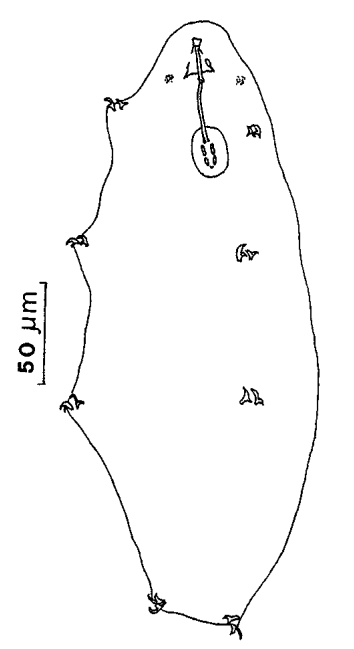
Genus description from Bertolani et al. 2014: “The same characters as the subfamily. Remarks: most of the known species with cuticular bars on legs and (or) with a sculptured cuticle.” Citations: Bertolani R, Guidetti R, Marchioro T, Altiero T, Rebecchi L, Cesari M. 2014. Phyloeny of Eutardigrada: New molecular data and their morphological support lead to the […]
Acutuncus
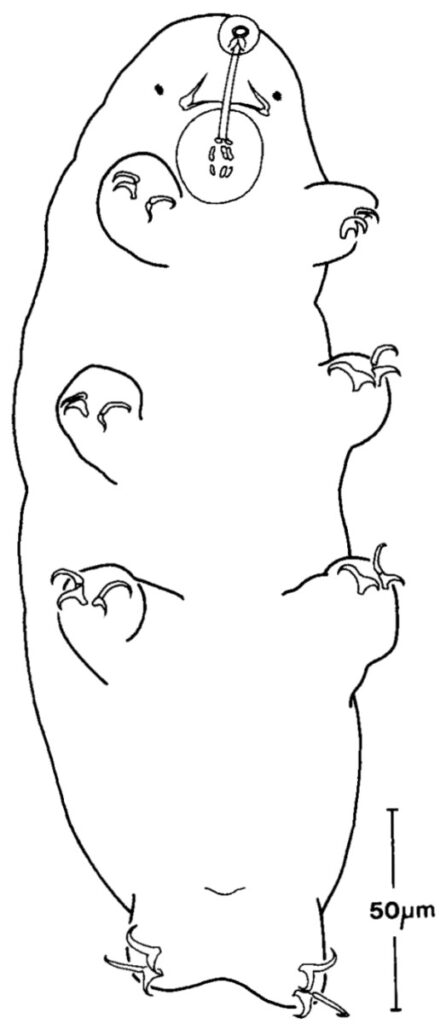
Genus description from Pilato & Binda 1997: “Hypsibiidae, Hypsibiinae. Dorso-lateral elliptical organs on the head absent. Outer claws of the first three pairs of legs and posterior claws of the hind legs similar to those found in Isohypsibius. Inner claws of the first three pairs of legs and anterior claws of the hind legs conform to […]
Mixibius
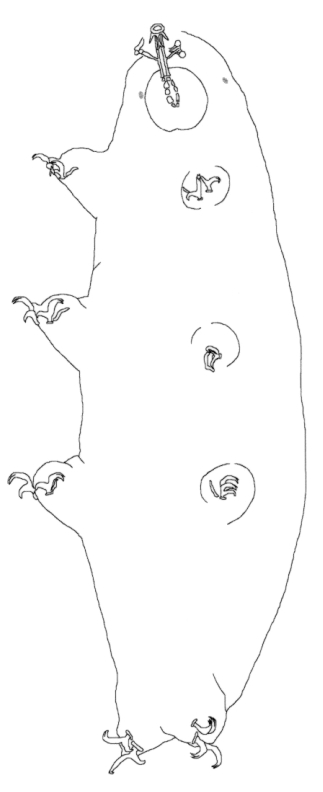
Genus description from Pilato 1992: “Hypsibiidae, organi ellittici sul cap assenti; unghie esterne di tipo Isohypsibius ed interne dello stesso tipo ma un po’modificate in quanto l’angolo fra unghia basale e ramo secondario è un po’maggiore di 90°; apparato bucco-faringeo con tubo boccale rigido, privo di sbarretta di rinforzo ventrale e con una lieve asimmetria rispetto al […]
Microhypsibius

Genus description from Thulin 1928: “Krallen vom ersten Typus. Placoidenreihen des Schlundkopfes verhältnismässig lang, jede aus drei Macroplacoiden zusammengesetzt. Mundröhre nicht besonders eng, beinahe gerade. Körperoberfläche glatt.” Translated: Claws of the first [Microhysibius] type. Placoid rows of the pharynx relatively long, each composed of three macroplacoids. Buccal tube not particularly narrow, almost straight. Body surface […]
Cryoconicus
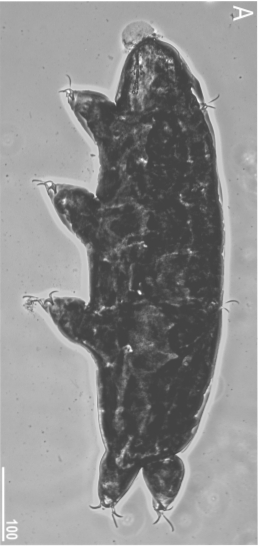
Genus description from Zawierucha et al. 2018: “Juveniles light-brown, adults intensely dark-brown. Peribuccal lamellae and papulae absent. Buccal apparatus of the Ramazzottius type, with asymmetrical apophyses for the insertion of the stylet muscles and two macroplacoids; microplacoid and septulum absent. Claws of the Ramazzottius type, but without accessory points. The posterior primary branch almost uniform in diameter from the base to […]
Hebesuncus
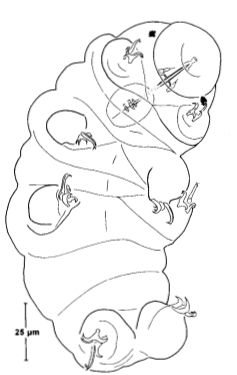
Genus description from Pilato 1987: “The bucco-pharyngeal apparatus is of the Diphascon model with the apophyses for the insertion of the muscles of the stylets in the shape of a ‘blunt hook’; the dorsal hook is different in shape and size from the ventral one with consequent asymmetry with respect to the frontal plane; the caudal processes […]




